The immunoglobulin G scaffold can be engineered to increase stability, improve efficacy, and allow novel functionality as a potent anti‐cancer therapeutic.
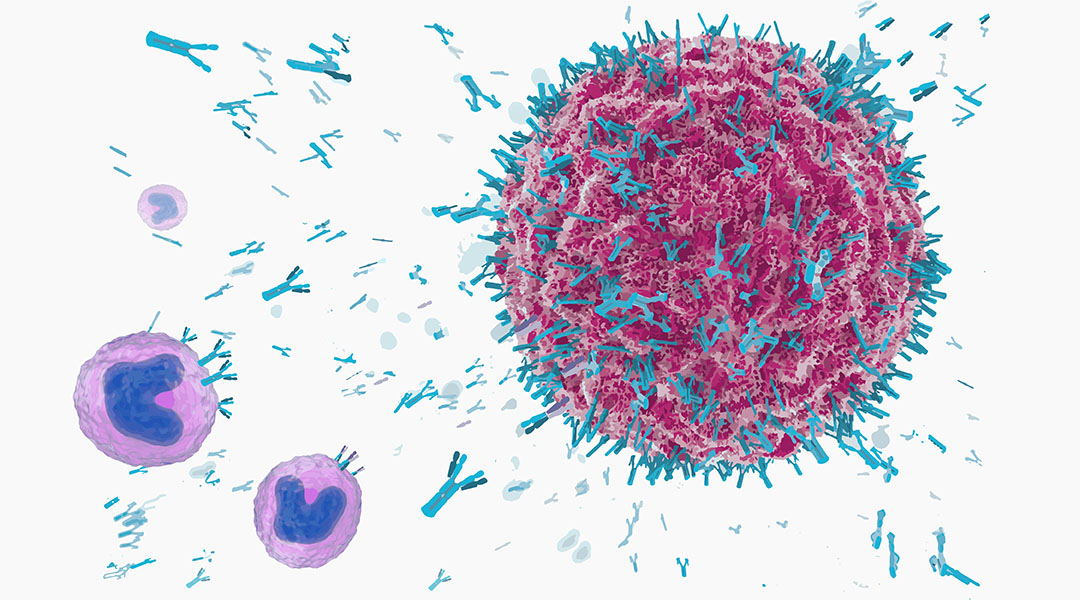

The immunoglobulin G scaffold can be engineered to increase stability, improve efficacy, and allow novel functionality as a potent anti‐cancer therapeutic.
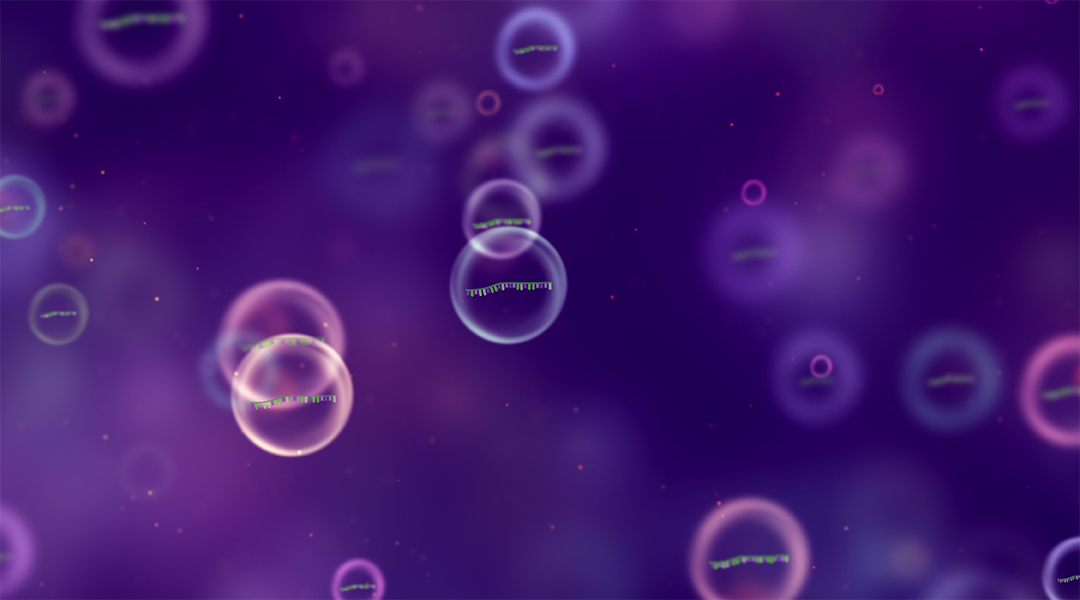
Small RNAs and their associated RNA interference (RNAi) pathways underpin diverse mechanisms of gene regulation and genome defense across all three kingdoms of life and are integral to virus–host interactions.

Is electronic communication taking up too much of our time?

Biopolymer-based 3D printable hydrogel for removing toxic metals from water.
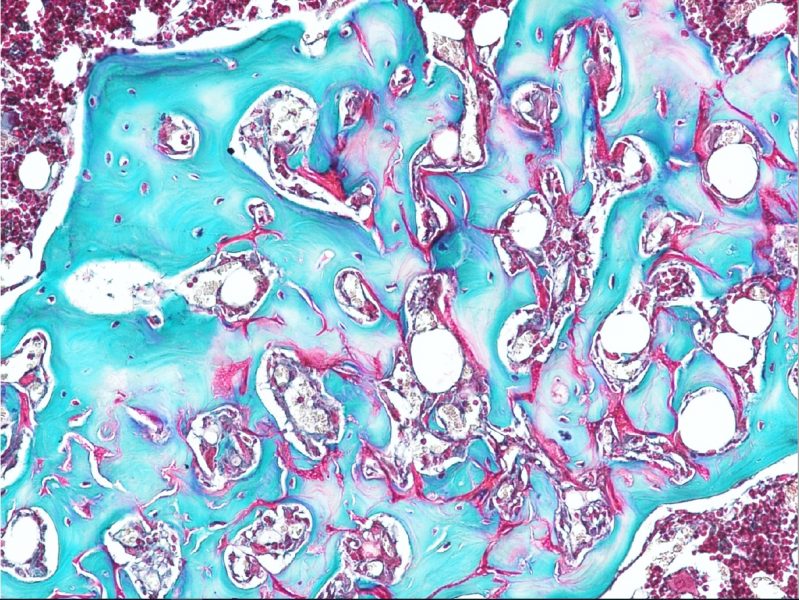
Harnessing an individual’s immune cells to mediate antitumor and antiviral responses is a life‐saving option for some patients with otherwise intractable forms of cancer and infectious disease.

Fresh waters are plural and valued variously, in ways that bear critical‐constructive decolonial scrutiny in the twenty‐first century.

A team of researchers from Ireland report on the mechanisms of how atmospheric cold plasma (APC) improves the germination of seeds.
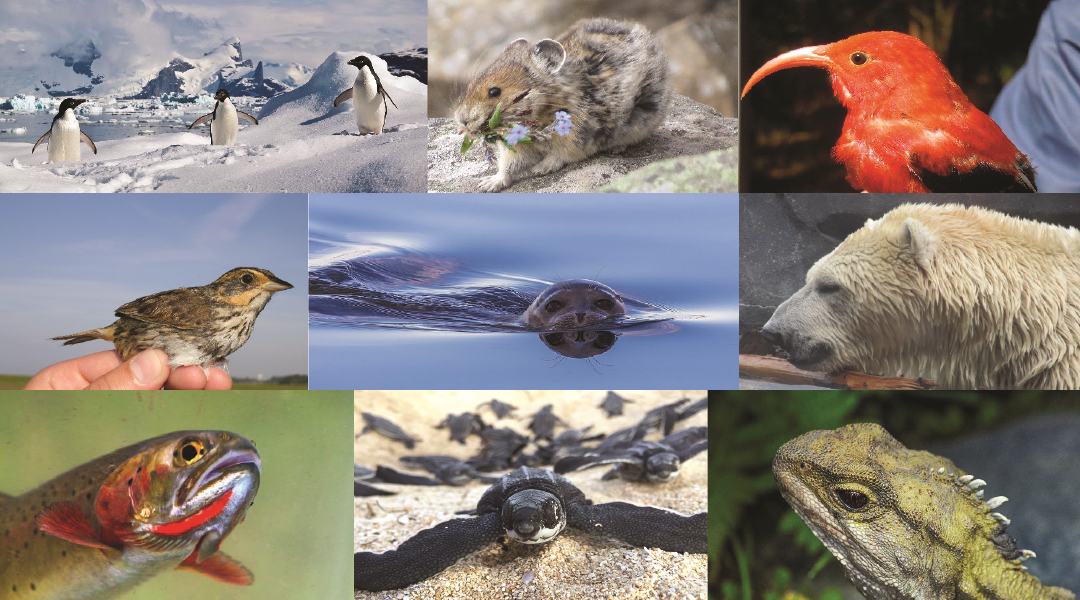
Now that climate scientists can make better projections of climate change, biologists need to project and prevent its impacts on biodiversity.
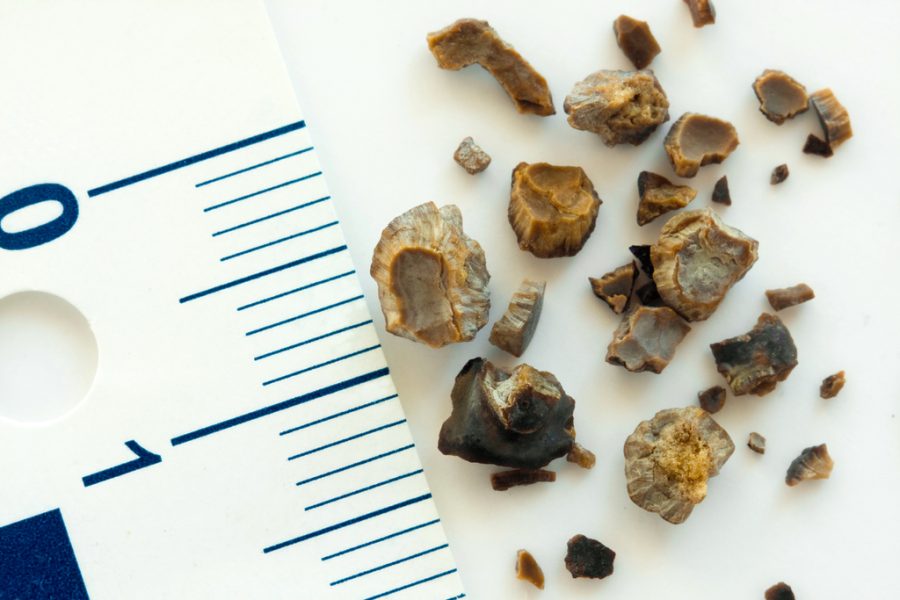
French scientists report on their new findings on fragments and dust after holmium laser lithotripsy with and without ‘Moses technology’ applied to urinary stones.

A review finds that the increasing share of variable power generation calls for a better presentation of operational details in the power system planning models.